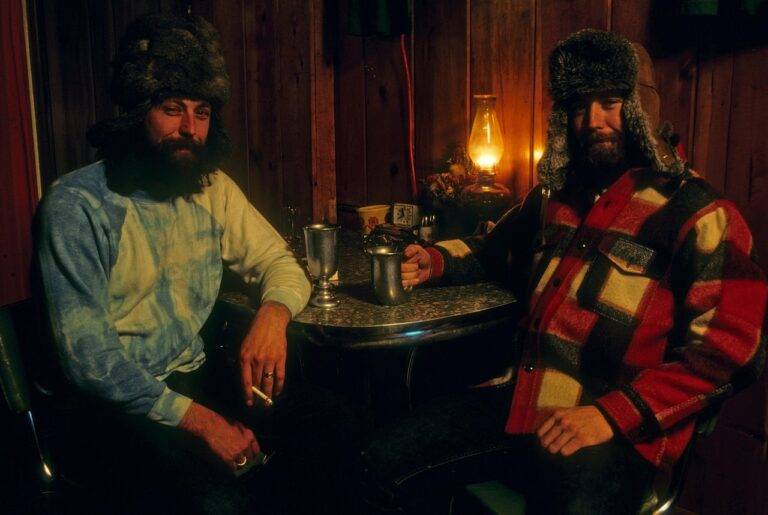DIY Tips for Repairing Damaged Drywall
Start by visually inspecting the affected area to determine the extent of the damage. Look for any cracks, leaks, discoloration, or unusual bulges that may indicate underlying issues. Take note of any peculiar smells or sounds that could also point towards potential damage.
Next, assess the functionality of the damaged area. Is there a decrease in performance or efficiency? Are there any visible signs of wear and tear that could be affecting its operation? Understanding how the damage is impacting the function of the area will help in further investigating and resolving the issue.
Tools and Materials You Will Need
When it comes to addressing damage around your home, having the right tools and materials on hand is essential. Some basic items you’ll need include a tape measure, a hammer, screwdrivers in various sizes, a drill, and safety glasses. These tools are versatile and will come in handy for a wide range of repair and maintenance tasks.
In addition to tools, stock up on common materials like nails, screws, wall anchors, duct tape, wood glue, and various sizes of screws. Having these items readily available will save you time and effort when you need to quickly fix something around the house. Remember, always store your tools and materials in a safe and organized manner to make your repair projects run smoothly.
What are some common tools needed for identifying the damage?
Some common tools for identifying damage include a flashlight, magnifying glass, measuring tape, and a moisture meter.
What materials will I need to repair the damage?
The materials you may need to repair damage will depend on the type of damage, but common items include wood filler, paint, sandpaper, and sealant.
Do I need any specialized tools for repairing damage?
Depending on the extent of the damage, you may need specialized tools such as a saw, drill, or sander to complete the repair.
How can I determine the extent of the damage?
To determine the extent of the damage, carefully inspect the affected area and look for any visible signs of damage such as cracks, water stains, or mold.
Are there any safety precautions I should take when using these tools?
Yes, always wear protective gear such as gloves, goggles, and a dust mask when using tools to repair damage. Additionally, be cautious when working with sharp tools or power tools.







